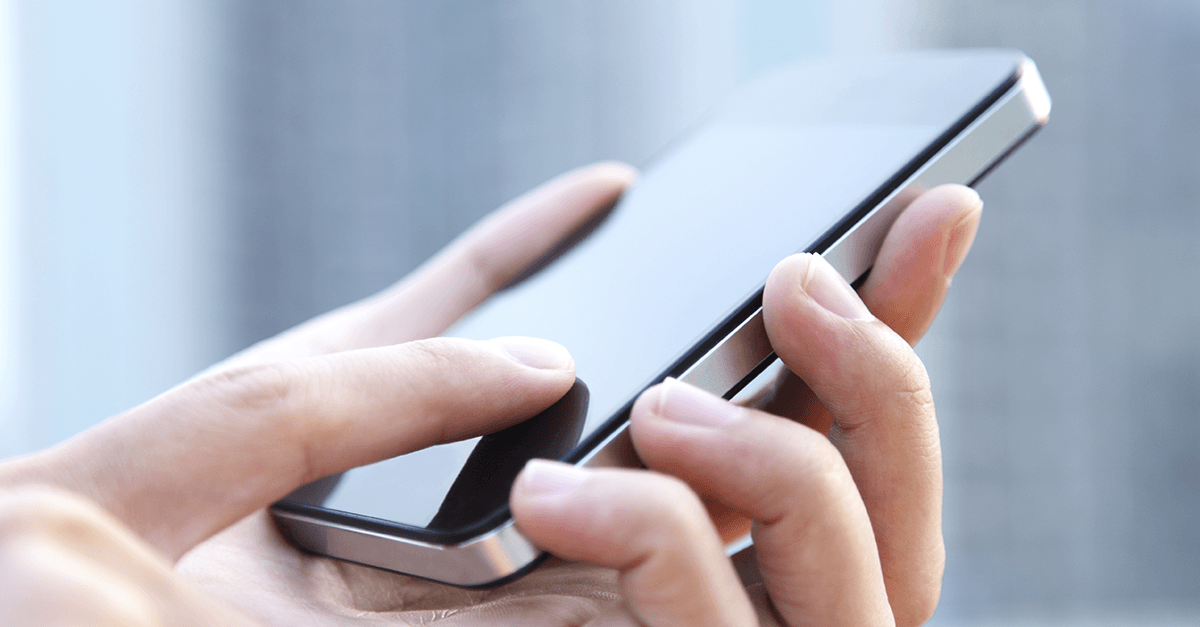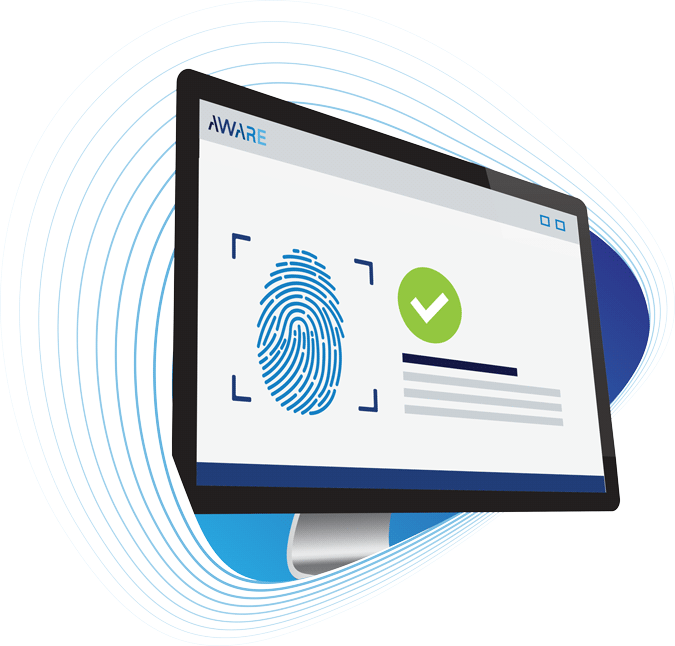
Nearly 4.5 million people are on parole, probation, or house arrest in the U.S., which is almost double the amount of incarcerated individuals. Law enforcement officers must monitor these offenders to ensure compliance with specific terms. Depending on the sentence or crime committed, parolees and probationers may not be allowed to cross state lines, break curfew, leave the house when they’re not supposed to, or consume alcohol and drugs.
Some supervisory methods involve reporting to an officer every few weeks at a predetermined location or simply having the officer visit a house arrestee’s residence at random intervals to make sure they’re where they’re supposed to be. Other crimes may warrant intermittent drug testing and GPS-monitored anklets to surveil an offender’s 24/7 whereabouts, sometimes relative to other locations such as schools, a former spouse’s house, and other prohibited locations.
The problem is that the resources needed to monitor offenders in these ways haven’t always increased in step with the sheer volume of parolees and probationers, which ultimately strains supervisory officers.
In recent years, mobile technology such as smartphones and Bluetooth devices paired with biometric-based reporting have emerged as potential solutions to help parole and probation officers handle the increasing amount of supervisory tasks in their caseloads. These technologies have potential to improve offender monitoring and possibly even facilitate better rehabilitation outcomes.
Existing biometrics use cases in offender supervision
Many jurisdictions throughout the world already use biometrics-based offender supervision. For example, the U.K. recently implemented biometrics-enabled self-reporting kiosks, according to The Guardian. Supervised offenders who have complied with the early stages of their parole or probation are rewarded with the option to report to an electronic kiosk rather than actually seeing a probation officer.
Each time an offender reports in, they must first complete a fingerprint recognition scan to verify that someone else is not checking in on their behalf. They can then provide any required information, receive instruction, or schedule a face-to-face meeting with a supervisory officer.
By automating this reporting process, the strain that has resulted from a swell in the number of parolees and probationers is taken off of supervisory officers.
Mobile biometrics: a replacement for GPS anklets
According to the Pew Charitable Trusts, the number of radio frequency-based, offender-tracking devices doubled between 2005 and 2015. The majority of these devices were anklets used for tracking an offender’s precise location.
However, Robert Gable – one of the experts credited for inventing the first electronic monitoring system for criminal offenders – now argues that smartphones should be used in place of ankle bracelets to track location. They have become powerful computing devices, and today are nearly ubiquitous; 77 percent of Americans own one, according to the Pew Research Center.
Unlike an ankle bracelet, offenders use these devices voluntarily. But like ankle bracelets, smartphones can reliably and precisely track a user’s location. More importantly, smartphones have cameras and microphones that can be used for biometric verification via modalities such as voice, face, or a combination of the two. While the device’s GPS technology is used to accurately determine a subject’s location, biometric verification is used to confirm that the check-in is being performed live by the subject; not by someone else and not using a spoofed biometric such as a digital photo or video of the subject.
For example, an offender may be required to biometrically check in at certain times during the day using face and recognition on their smartphone. The device records the exact time and location when the biometric verification is performed, and this data is validated by the biometric match and liveness checks.
Similar to the aforementioned U.K. system, this anklet-free, mobile biometric method could be offered as a positive incentive to offenders who have behaved well in the early days of their parole or probation.
The future of offender supervision
A variety of other add-on devices and apps either already exist or are in development that may help automate compliance monitoring, from telemetry tracking to breathalyzer devices that make use of facial recognition. The precise details of how these and other mobile devices can be used to keep up with the number of compliance-monitoring tasks are still being ironed out. It’s also worth mentioning that the terms of every parole or probation are different, meaning certain mechanisms may be better suited to specific situations than others.
For now, mobile biometrics are the only certainty; modalities like face and voice will be critical to the integrity of digital and electronic advancements in the offender tracking systems of the future.
Contact Aware to learn about their deployments of mobile biometrics for law enforcement.
